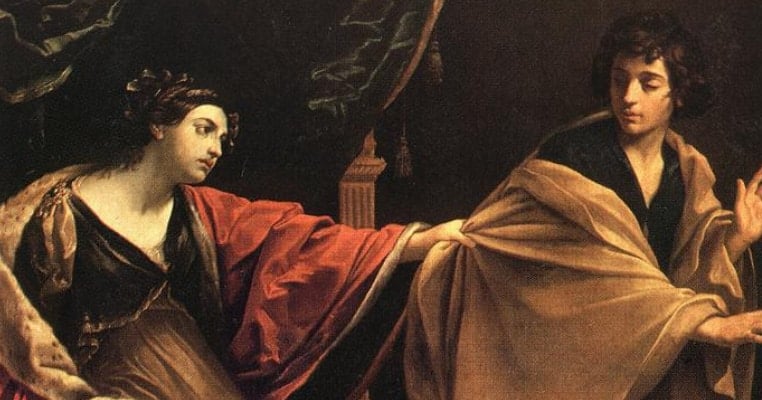The Bible contains many comments regarding premarital and extramarital relations, most of them negative, as well as many stories of the prophets and other characters which appear in its many books engaging in reproductive activity. Prostitutes appear in many of the books of the Hebrew Bible and the Christian New Testament. So do acts of incest, homosexuality, adultery, rape, and murder motivated by passion. Much of what it relates regarding carnal relations is quite graphic. The word harlot is common throughout the Hebrew Bible. In one story, the whole female population who were virgins were spared from slaughter by order of Moses, who told the conquering Israelites to save them and take them for themselves.

For those who believe that the Bible is literally true and support the idea of a young earth, the presence of reproduction is a necessity – considering the entire world needed to be populated twice. The first time and then following the flood and the story of Noah, who some interpret as being a figure in one of these wanton tales in the Bible. Great kings of Israel, including Solomon and David, displayed their power in part through the number of their concubines, and delivered them as rewards to those that pleased them. Here is a list of just a few of the passionate biblical stories which can easily be verified within the King James Version (KJV) of the Bible as well as the New International Version (NIV).

1. The story of Noah, Ham, and the curse of Canaan
In chapter nine of Genesis, the story is related that Noah, drunk from wine and passed out in his tent, was seen by his son Ham, the father of Canaan, who “saw the nakedness of his father, and told his two brethren without”. His brothers entered the tent facing the other way and covered their father. “And Noah awoke from his wine, and knew what his younger son had done unto him. And he said, Cursed be Canaan; a servant of servants shall he be unto his brethren”. Genesis is not specific as to what Noah knew Ham (or Canaan) had done to him in his wine-sodden state, but cursing his grandson Canaan for simply being accidentally seen naked seems excessive.
The question is why Canaan was cursed rather than Ham, since it was Ham who had seen his father and at a cursory reading did something to Noah. The word ben, which appears in the original texts, can refer to son or grandson as well as other descendants, so that when Noah awoke and knew what his youngest son (ben) had done to him, it may well refer to Canaan, rather than to Ham, especially since it was Canaan who was cursed. Whether Ham or Canaan had illicit relations with the drunken Noah has been debated for centuries, but it is clear that something more occurred in the story than the mere accidental sight of a naked, drunken Noah.

